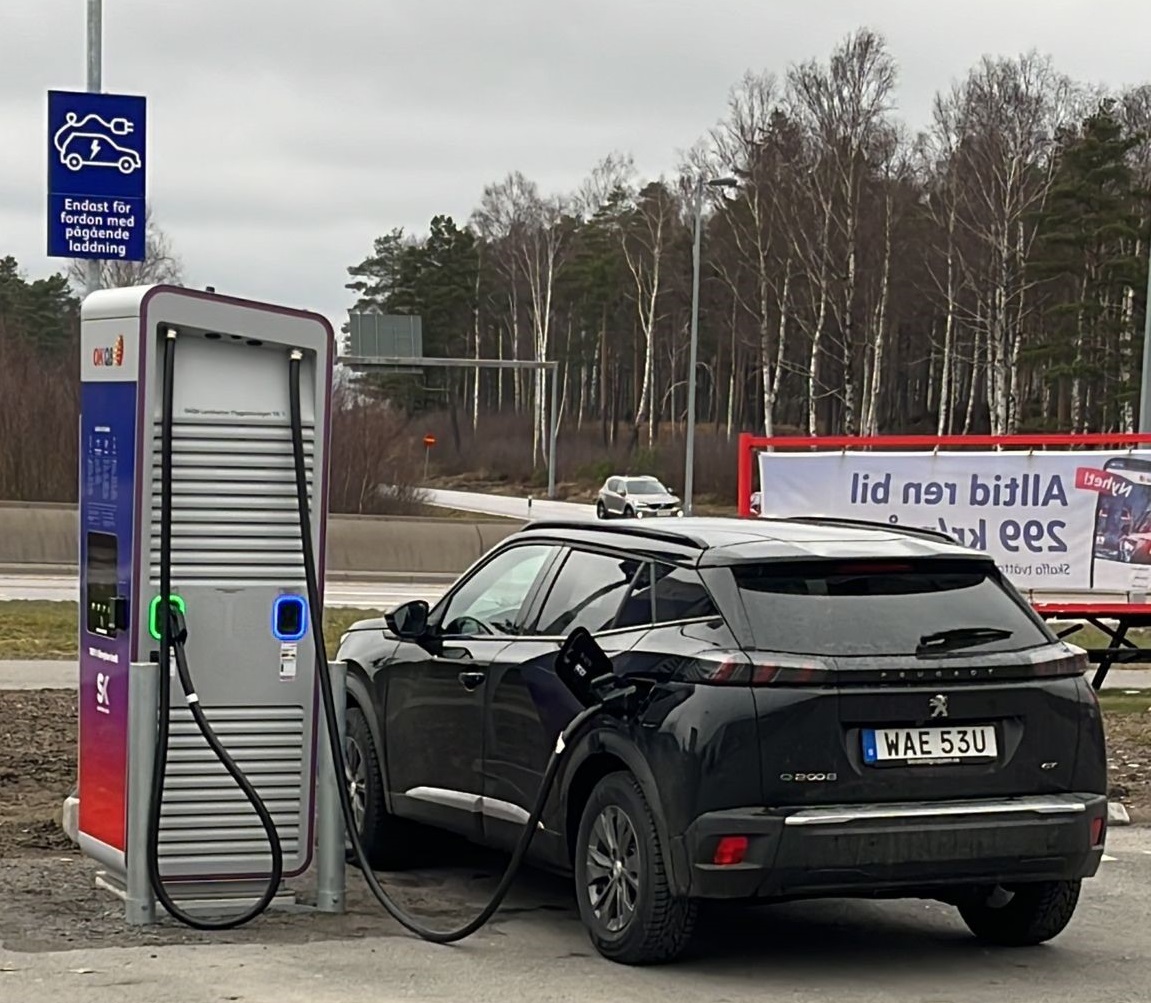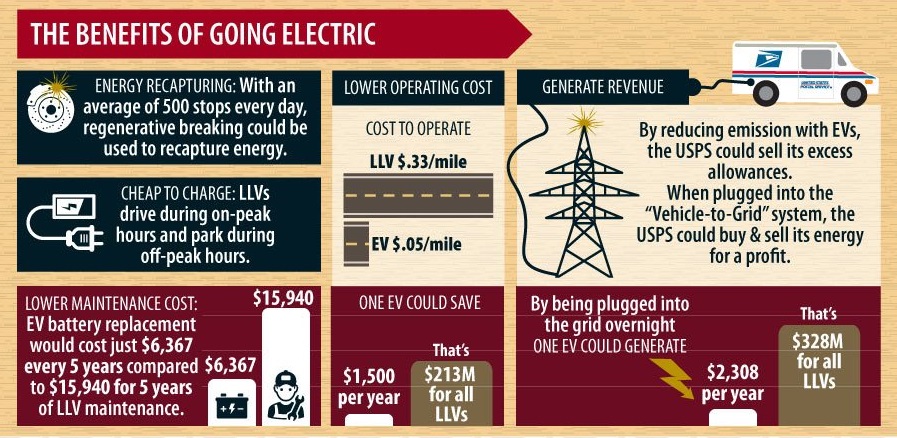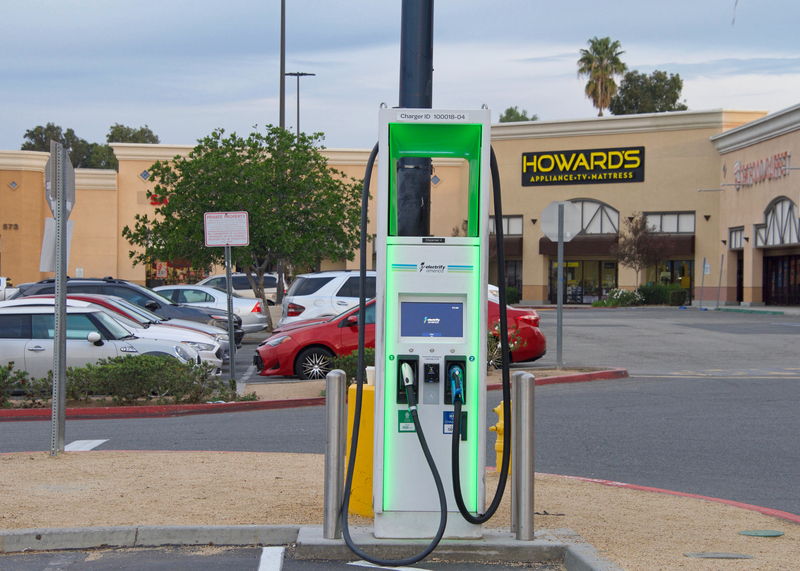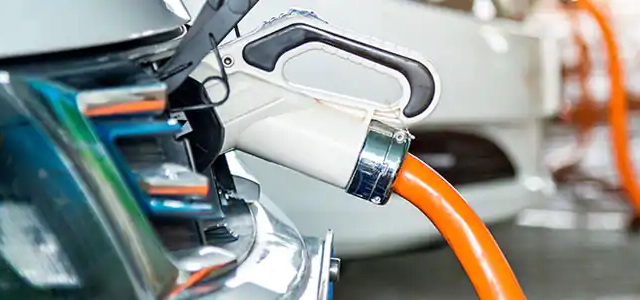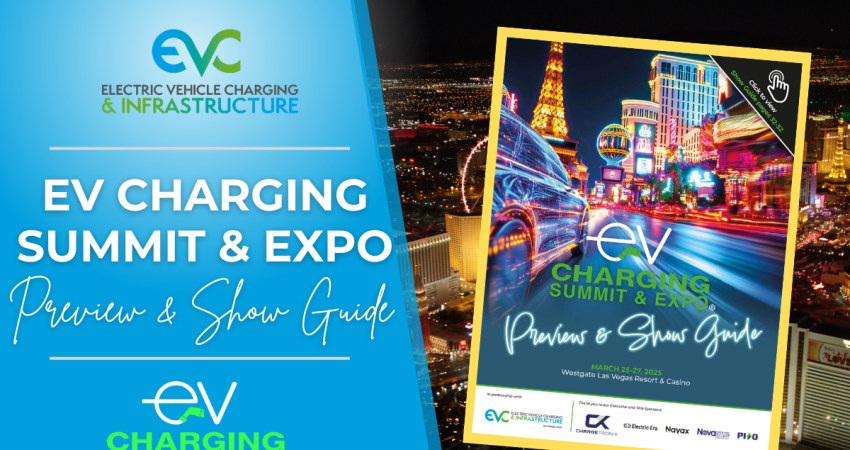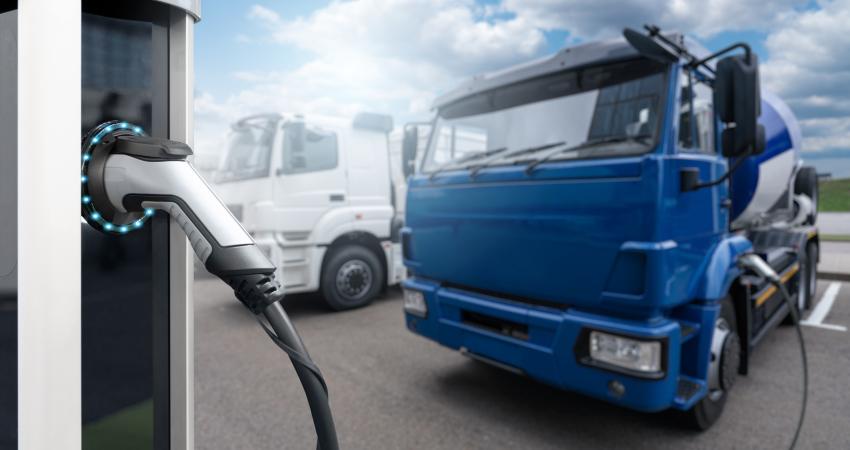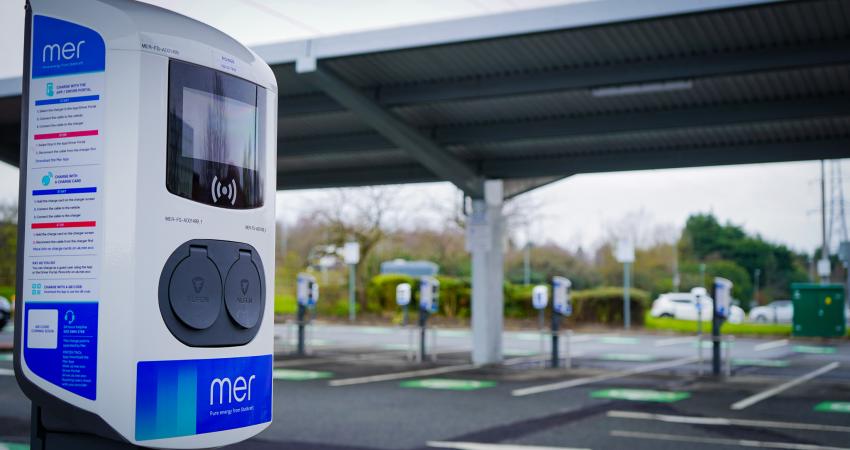
As a new UK-based EV owner, range anxiety was initially a biggest concern but the combination of the UK’s rapid and ultra-rapid DC charger network, which take contactless payment, and mapping services like Zap Map sees that anxiety diminishing.
Drivers can see where the (still too few) chargers are, how many there are at each location and which connectors are offered. And with relatively short charge times, if all the charge points are in use it is usually only a few minutes before one becomes available.
Far more frustrating and problematic is what I term, ‘destination desperation’.
I want access to AC chargers close to my destination to top up the battery while I meet friends, go shopping or enjoy a holiday. However, most publicly-available AC chargers do not accept contactless payment and are run by a myriad of network operators (Zap Map lists over 50), most of which require drivers to download a bespoke app and open an account.
AC recharging takes hours so if the charging points belonging to the providers for which I already have an account and app are occupied, there is little point waiting for one to become available. Instead I have to seek out alternative chargers, set up another account and download yet another app. This is not only annoying but also very time-consuming and extremely difficult when you are in the bowels of a multi-storey car park, as I can attest.
Accessibility is more than just the total number of chargers; it is about the proportion of the driving population that can effortlessly uses them. For those without a smartphone, the charging network is effectively reduced to around 8,500 DC chargers (on far fewer sites) which accept contactless payment, plus a small proportion of AC units which can also be operated without an app. Even with a smartphone and an app for one of the UK’s largest EV charging networks, that number will probably only doubles (and that’s chargers, not locations). Apps such as Zap Pay and Bonnet do offer a wider coverage but in my experience the AC chargers do not always accept the advertised payment method(s) and ‘accepts contactless’ does not necessarily mean contactless payment.
The number and complexity of payment apps deter large a high proportion of drivers from using EVs: 88% of adults in the UK own a smartphone (2021), of the 11 million over the age of 65, Age UK estimates only 61% are smartphone confident while 2.4 million rely on cash. And it is not just the elderly. This lack of charging accessibility impacts business travellers who cannot utilise the time in meetings etc to recharging their vehicle, possibly requiring an additional DC charger stop (including any wait for one to become available).
This is ridiculous! If you wanted to hamper the expansion of EV ownership you couldn’t devise a better scenario.
ICE drivers can pull into any of UK’s 8,300 fuel station (each with multiple pumps) and pay with cash, or a debit or credit card – so100% of drivers can use 100% of the network.
Meanwhile, the convenience for the UK’s EV drivers, the acceptance and useability of electric vehicles and the entire sector’s expansion is on hold as charging network operators engage in a self-interested land-grab. Never has there been a better example of ‘the whole being greater than the sum of its parts’.
Drivers of all ages happily use contactless payments and DC chargers has proved they are suitable for EV charging networks. If network providers do not roll this out to AC chargers, then government(s) should intervene.
Any charge point that requires an app should be accessible via a common app or protocol and payment system (as is being called for in the parking sector). That could be Zap Pay or Bonnet or a similar service set up by an industry body like ChargeUK (or all of them) – but make it happen! The technology is available and proven; the difficulty is getting all interested parties to agree.
Charging network operators may feel the ending of ICE car sales is their guarantee of success but if they don’t offer a collective solution, others will. Google and Apple already have mapping and payment systems, the oil companies have existing premises and ICE customers or car manufacturer tie-up such as the ones between Tesla with Ford and GM could lead the way.
Only when EV drivers know that with a contactless card (or at worse a single app) they can recharge their vehicle at any charge point, can the EV revolution fulfil its potential.
Colin Sowman is a freelance journalist and former editor of EVC&I's sister publication ITS International.


